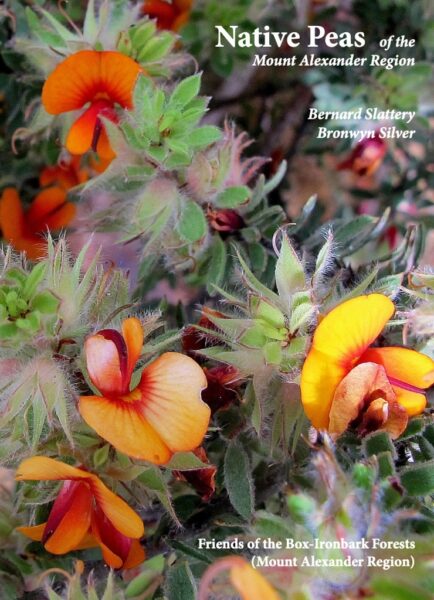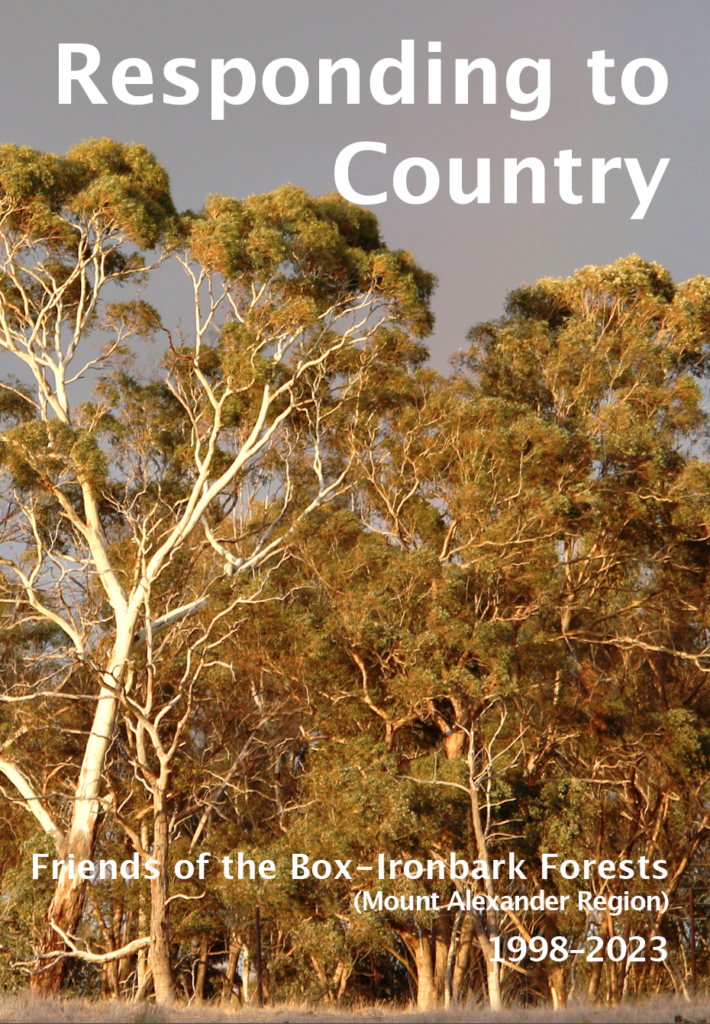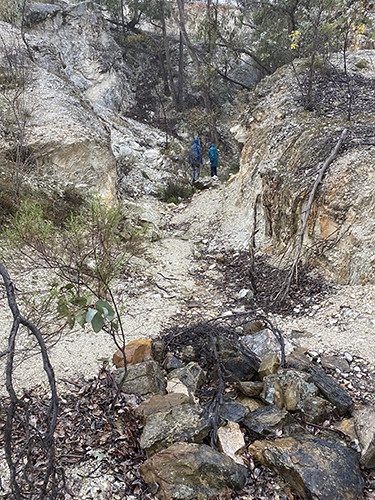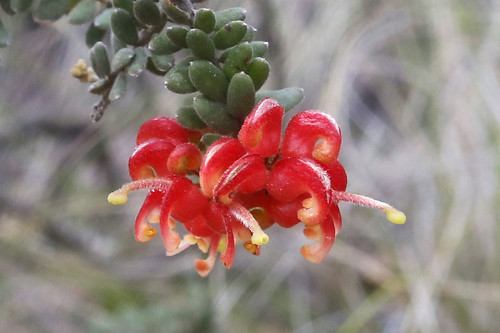FOBIF’s complaint to Ad standards, the body supervising the voluntary code of practice of the car industry, about Suzuki’s ridiculous ‘for fun’s sake’ TV commercial, has been upheld.
Suzuki went to great lengths to defend its commercial. Among other things the company noted that the commercial had no sex or violence or nudity. We weren’t sure of the relevance of these things. Maybe the company thinks that if it avoids them it can be as irresponsible as it likes.
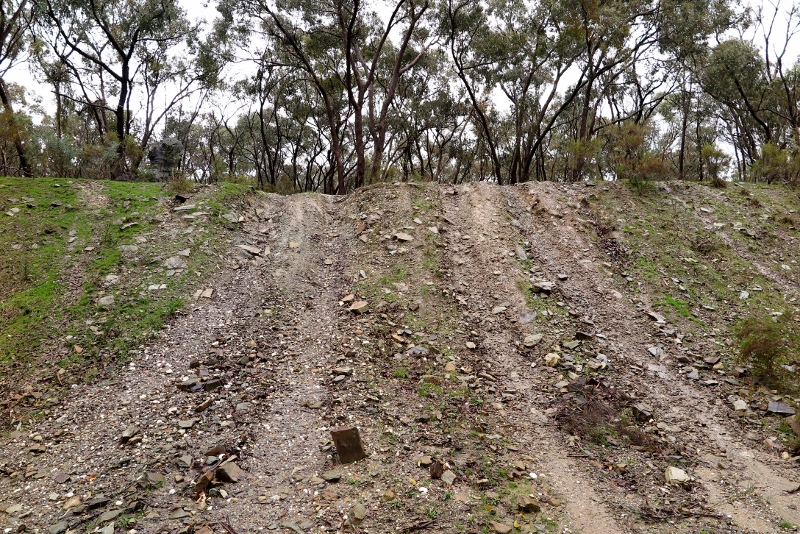
‘For fun’s sake’: this embankment near the Railway Dam has been gouged out by drivers ‘playing’ at challenging the slope. A third track is not far away. Few 4W drivers behave like this, but advertising encourages those who do. The Ad Standards panel found that the Suzuki ad showed reckless driving, but apparently believes that driving off road in this manner is not environmentally damaging.
Suzuki has agreed to edit the commercial to remove the unacceptable elements. We haven’t seen the result, but since the thing has been running for weeks on TV and the internet, this is a very small victory for common sense.
And it’s a partial victory: the Ad Standards panel found that the ad showed ‘reckless driving’, but it refused to accept that driving like this along dirt tracks was ‘necessarily’ damaging to the environment. We wonder if the panel has seen many of these ads. It seems that we are not the first to complain on these grounds, but the panel believes that off road vehicles, driven correctly, can negotiate offroad terrain without damage. Perhaps: but in our view the vast majority of TV ads of this type show the cars plunging recklessly through creeks, beaches and bushland in a way guaranteed to cause damage.
We hope to pursue this theme later in the year. In the mean time, we recommend that readers have a go at lodging a complaint against the more offensive of the ads. It might alter the community panel’s view of what ‘community standards’ are on this matter.
A letter accompanying the judgment reads, among other things: ‘The Advertising Standards Community Panel reviewed this advertisement and considered your complaint at its recent meeting.
‘The Panel upheld your complaint, determining that the advertisement breached one or more of the advertiser codes administered by Ad Standards.’
The detailed case report of the panel follows:

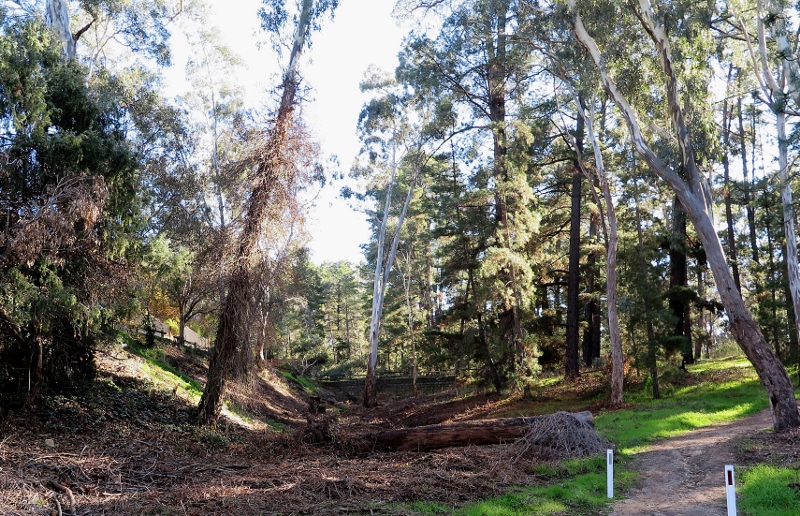
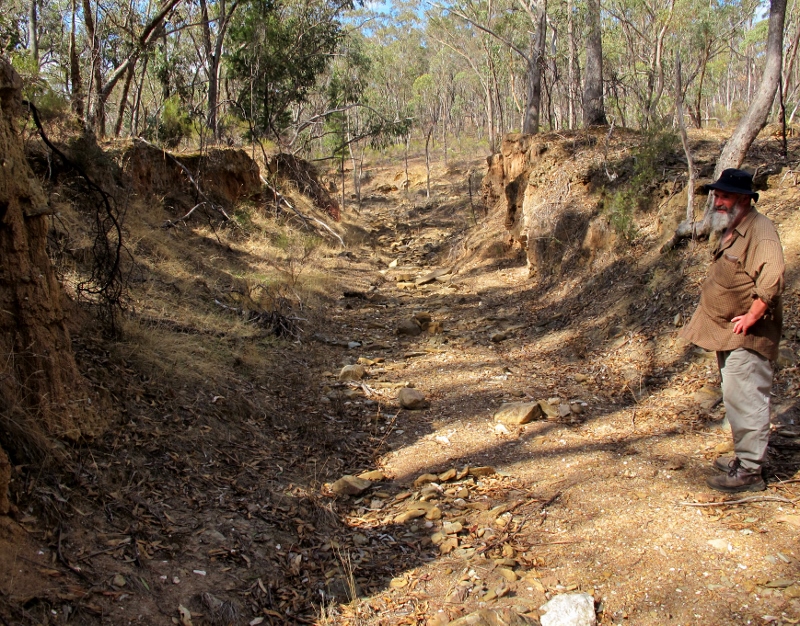
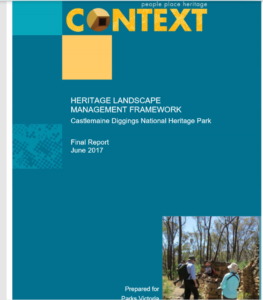
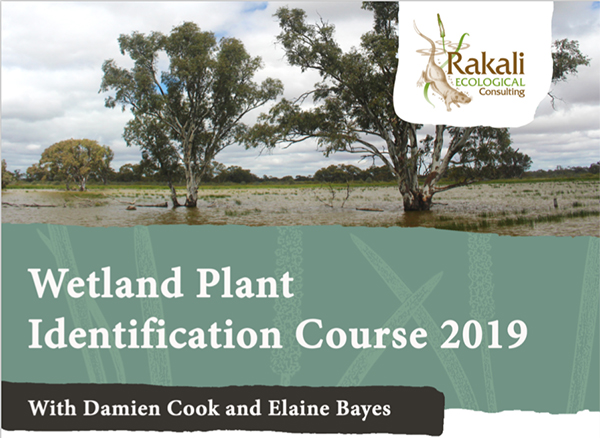
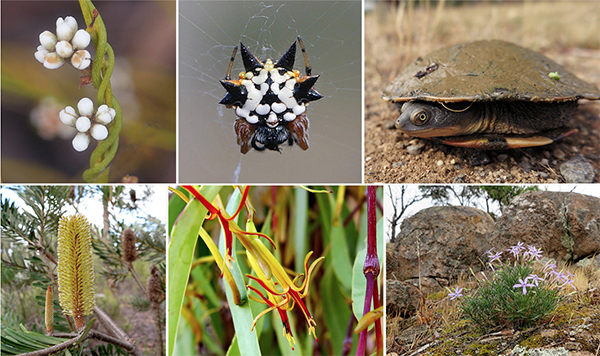

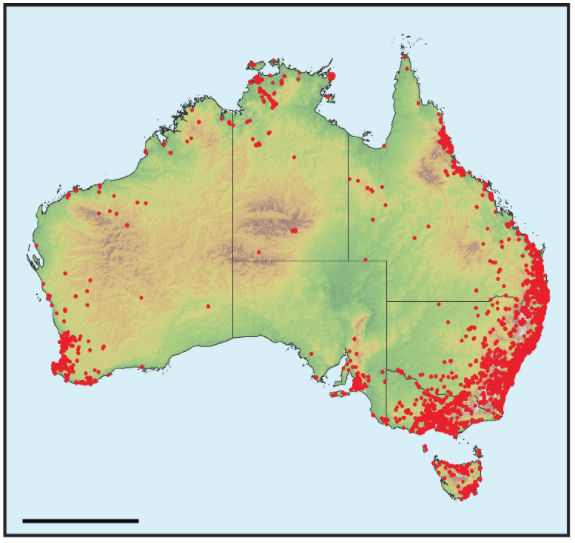
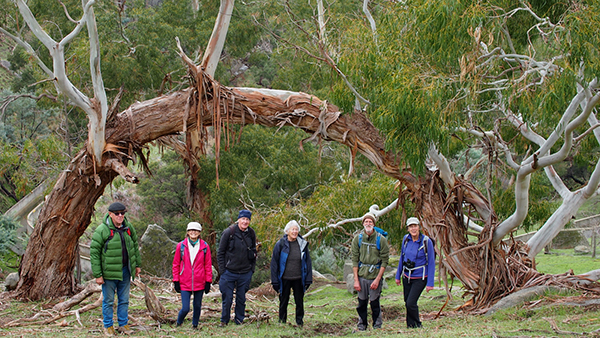
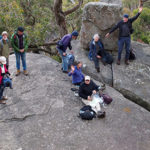
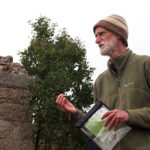
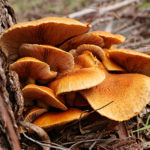
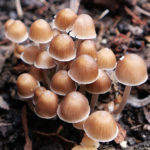
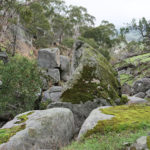
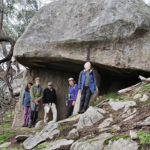
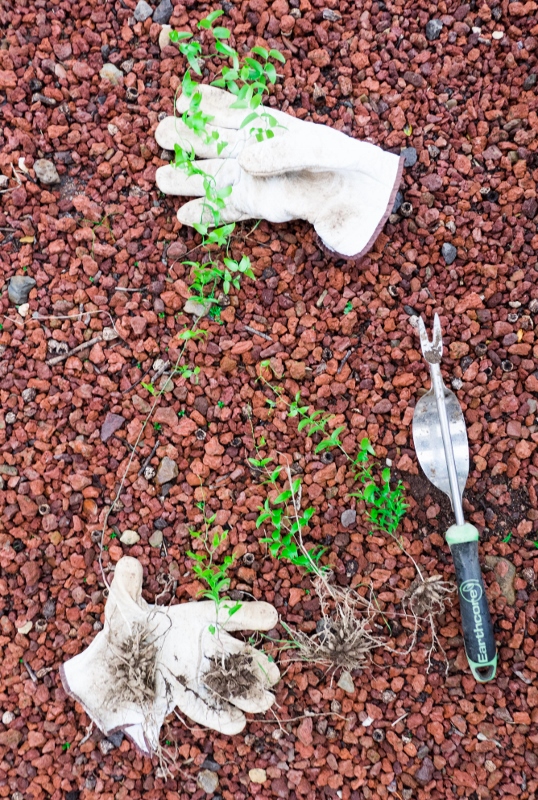

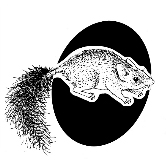
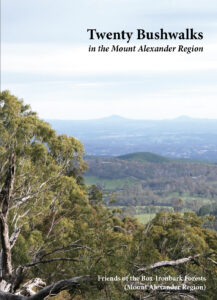
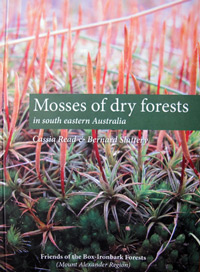 Click on image for info/order page
Click on image for info/order page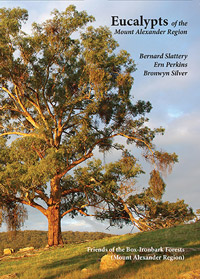 Click on image for info/order page
Click on image for info/order page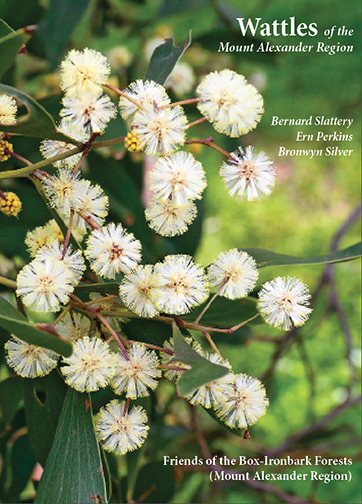 Click on image for info/order page
Click on image for info/order page